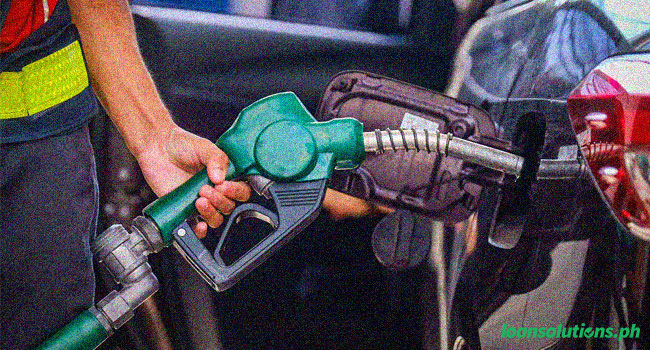We Filipinos adore our cars and the numerous liberties they afford us on a daily basis. A car is the most convenient and reliable mode of transportation for going from point A to point B.
The issue, of course, is that due to rising gas costs, driving our vehicles is getting increasingly expensive. And the bad news is that, due to a combination of circumstances, those expenses have climbed and are expected to continue to climb.
Experts link the sudden increase in gas prices to global oil market uncertainty following Russia’s invasion of Ukraine and the United States’ decision to restrict Russian oil imports. High gas and oil prices are projected to persist until the oil market figures out how to compensate for the loss of Russian energy.
Increased gas prices affect everyone, and if you’re living paycheck to paycheck, these charges might strain your budget to the breaking point. They have an impact on more than simply your gas bills.
When gas prices climb, the good news is that there’s a lot you can do to save money and improve your fuel economy. Here are several strategies to save money on petrol, as well as in other areas where increasing gas costs have a direct impact.
1. Inflate your tires properly
Only 17 percent of cars have properly inflated tires, according to studies. Inflating your tires properly can improve your fuel efficiency by 3%. You’ll need a pressure gauge to check your tire pressure. The required pressure for your tires can be found on a sticker inside the driver’s door jamb or in your car’s manual. It’s recommended to follow the manufacturer’s recommendations. When the tires are cold and it hasn’t been driven in a while, check the tire pressure.
2. Drive with more caution
Aggressive driving is a problem anywhere in the world. Speeding, fast acceleration, and rapid braking can reduce your fuel economy by 15% to 30% on the highway and 15% to 40% in stop-and-go traffic. Rather than speeding ahead and abruptly braking, take your foot off the gas and cruise to a red light or a stopped car, gradually applying the brakes as needed. You’ll likely spend an extra 20 cents per gallon of gas for every 5 miles you exceed this speed.
3. Carpool to work
You probably spend at least a few thousand dollars on gas to go to and from work each year. Carpooling is one way to save money on your commute. Carpooling, also known as ridesharing, can help you save up to 50% on gas while also alleviating some of the burdens of traveling to and from work every day. To identify potential commute partners, ask around at work to see if any of your coworkers are interested in carpooling.
4. Take advantage of public transportation
We couldn’t deny that Philippine transportation is a bit daunting that’s why Filipinos choose to drive cars. Buts, if it’s not that bad in your area, you might consider public transportation once in a while. One thing, taking public transportation is less expensive than driving yourself. There are numerous ways to go on the bus or rail for a low cost. If you reside in a large metro area and are serious about saving money, you may be able to do without a car entirely.
5. Cycle or walk
If using public transportation is more of a hassle for you than driving your own car, then, try cycling or walking towards your destination. That is if it’s possible for you to just use your feet to cover the distance. You will not only get to the place where you want to be, but you will also be able to fulfill your promise of keeping fit and healthy during the new year. And while you hit two birds with one stone, let me add one more bird which is to save on gas prices,
As people in developing countries such as the Philippines become more affluent and the population expands, global demand for gas will continue to rise. When you include political shifts, natural disasters, and other unknowns, it’s safe to assume that gas prices will continue to rise in the months and years ahead. Especially now that the future of the Russian-Ukraine war is still uncertain, your best bet is to start planning now to mitigate the additional expense.
So, what are some of your gas-saving methods and strategies? What plans do you have in place to deal with the continued rising gas prices in the future?
